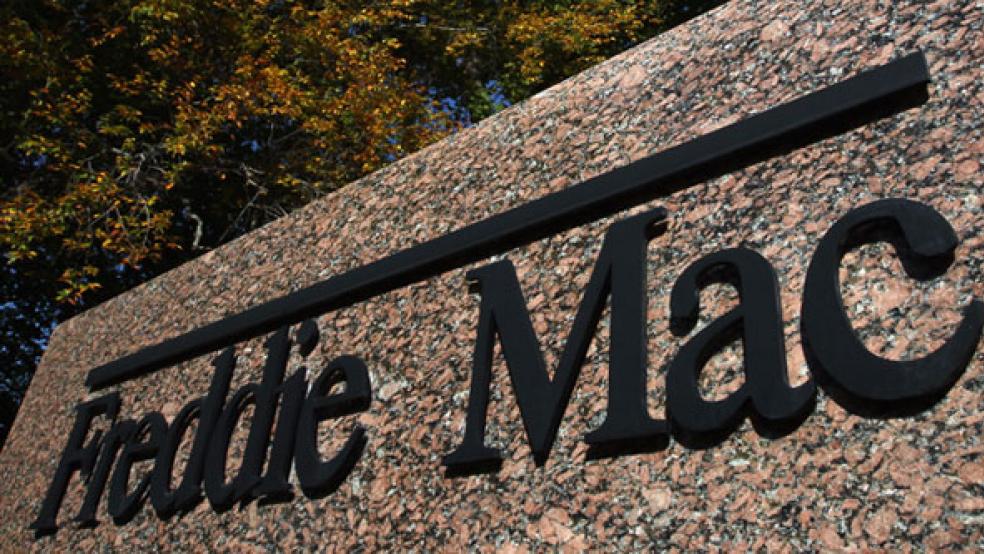On Friday the administration released three proposals to reform Fannie and Freddie, the two giant mortgage companies that were taken over by the Federal Government when they became insolvent after the housing crash. To date, these companies have cost taxpayers $169 billion. All three proposals reduce the government’s presence in the mortgage market.
- The first proposal essentially privatizes mortgage insurance. The government would still be involved in housing markets in a limited way through agencies such as the FHA and the VHA, but mortgage guarantees from Fannie and Freddie would end.
- Under the second proposal, the government would continue to provide mortgage insurance as now, but with an important difference. The insurance would be priced high enough so that it would only be used when private sector insurance markets are severely stressed.
- The third proposal is like the second, but instead of featuring high priced mortgage insurance that kicks in when markets are severely stressed, this proposal limits the losses to private sector investors in the event of catastrophic failure of mortgage markets.
The three proposals are relatively vague leaving most of the hard reform work to Congress, but with both sides of the political aisle united in the belief that the role of Fannie and Freddie should be reduced or eliminated, we should expect policy to move in this direction.
Is less government insurance for mortgage markets desirable? Yes, but we shouldn’t go too far. Most people would likely agree that the government must step in when these markets experience catastrophic failure. I certainly would. But agree or not, the government would almost surely take action if these markets ceased to function. Presently, 92 percent of mortgages are guaranteed through Fannie and Freddie, and it’s unlikely that we would even have a functioning mortgage market without government involvement.
The administration’s second and third proposals both attempt to provide backup when there is catastrophic failure in these markets, so they are preferred to the first proposal which does not have this feature. But the more limited form of backup in the second proposal does not provide enough protection against losses, and this would result in too little capital flowing into housing markets. The third proposal provides more protection, and for this reason it is preferred. Note, however, that the third proposal puts a floor under potential losses and encourages those who are protected to take excessive risks, so this proposal must be combined with strict regulatory measures that prevent this from happening.
If government mortgage insurance is eliminated, both down payments and interest rates are likely to increase. In fact, the administration recommends increasing down payments to a minimum of 10 percent in its proposals.
An increase in down payments and interest rates will put home ownership out of reach for many lower and middle income households. In addition, without government insurance the 30-year fixed-rate mortgage will likely be a relic of the past. When this happens and Congress begins to hear complaints from constituents who are unable to purchase homes, and, more importantly, from politically powerful people who would like to sell more homes and mortgages, it is likely to reinstate mortgage insurance in one form or another.
Political inevitability does not, however, justify government intervention in mortgage markets. Fortunately, there is also a good economic reason to use government insurance to reduce down payments and mortgage interest rates, so the politics could be helpful in this case.
One of the biggest risks in mortgage markets is the business cycle, and the costs of business cycles fall disproportionately on lower and middle income households. These households feel the unemployment problem more acutely than higher income households, and much of the foreclosure problem is due to the millions of households who are now unemployed.
Because middle and lower income households are more vulnerable to business cycles, they are more risky to mortgage lenders. This causes these households to face higher down payments and higher mortgage rates than otherwise, and many are excluded from home ownership altogether. But there is no reason why these households should be forced to pay the full costs of these societal risks – business cycles are not their fault – so help for these households is justified. Government mortgage insurance for loan values below some threshold is not necessarily the best way to provide this help, but it’s one way to do it.
Finally, even if markets function perfectly, there is nothing that says the outcome will be fair and equitable and we may want to make it possible for a wider segment of the population to own a home than the market will allow. All of the administration’s proposals retain a role for the FHA to help lower income households purchase housing, but the net effect of the administration’s proposals would still make it harder overall for these groups.
Fannie and Freddie need to be reformed, but reform shouldn’t mean giving up our ability to keep housing and mortgage markets functioning in times of considerable financial market stress. In addition, reform should not cause even more middle and lower class households to be excluded from home ownership just because our economic system might deal them an unlucky hand. The administration’s third proposal is a step in the right direction, but there’s still plenty of room for it to be improved.
Related Links:
Treasury Plan to Wind Down Fannie and Freddie (The Fiscal Times)
Administration Split Over Fannie-Freddie Strategy (The Fiscal Times)
GOP Calls for Swift Action to Weaken Fannie and Freddie (Washington Post)






